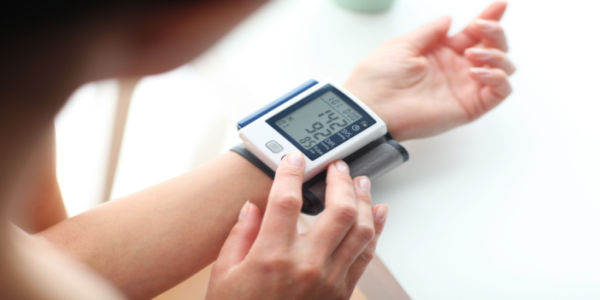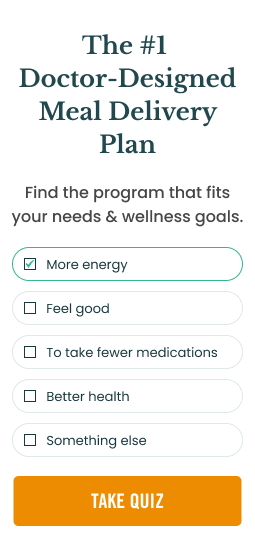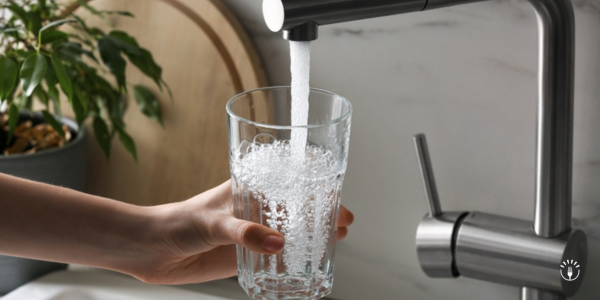
Ever wondered what the numbers in your blood pressure reading really mean?
Blood pressure is measured using two numbers, systolic and diastolic blood pressure, listed as a fraction with one number on top and the other on bottom. Understanding which number is more important can help you better manage your heart health. But what exactly do these numbers tell about our heart health, and is one more important than the other?
Read on for answers to these and other common questions about blood pressure.
What Is Systolic Blood Pressure?
To understand systolic blood pressure, it’s first important to understand what happens when the heart beats. With each heartbeat, the heart pumps blood into blood vessels and blood pressure rises as a result. Between beats, the heart relaxes and blood pressure drops.
Systolic blood pressure is the measure taken when blood is pumping out of the heart, or as it beats, and pressing against the artery walls. Expressed in a fraction, the systolic number is on top—like ‘120’ in 120/80 mmHg. When written or spoken, systolic blood pressure comes first or before the diastolic number—“120 over 80 mmHg.”
What Is Diastolic Blood Pressure?
Diastolic blood pressure is a measure of blood pressure against the artery walls when the heart rests briefly between beats. It’s the number listed on the bottom or after systolic pressure.
Since diastolic pressures indicate pressure when the heart is at rest, a high diastolic number could lead to serious, life-threatening problems—such as an abdominal aortic aneurysm, commonly called a “triple A.” In other words, if your diastolic pressure is consistently high, your heart could not get the rest it needs between beats.
What Number Is More Important in Blood Pressure?
Systolic and diastolic blood pressure are both important, but studies show that systolic pressure may hold more meaning and may deserve more attention. It’s typically recommended to keep systolic blood pressure at 140 mmHg, although the optimal systolic number can change as new research emerges.
For example, a recent study confirmed that it may be beneficial to keep systolic below 120 mmHg, especially for those 50 years and older at risk for heart disease. Systolic pressure is known to rise gradually yet steadily with age since arteries become stiffer and plaque can build up over time.
Clear benefits are often seen in groups keeping systolic blood pressure below 120, including reduced risk of heart diseases. Other benefits include a lower risk of heart attack, stroke, and death from all causes.
However, a high blood pressure (hypertension) diagnosis can often be made based on either elevated systolic or diastolic pressure. So, it’s important to monitor both according to the following ranges (in mmHg):
• Normal: 120/80 or less
• Elevated: 120-29 systolic and less than 80 diastolic
• High (Stage 1): 130-139 systolic or 80-89 diastolic
• High (Stage 2): 140 or higher systolic or 90 or higher diastolic
• Hypertensive Crisis: 180 or higher systolic and/or 120 or higher diastolic
Instead of obsessing over systolic versus diastolic blood pressure, experts generally suggest aiming for a healthy overall blood pressure (120/80 mmHg or lower). It’s normal for blood pressure to vary daily or between activities, and focusing too much on the top or bottom number can further complicate matters.
Aiming for two healthy blood pressure readings in a row, instead of having individual systolic or diastolic numbers goals, can help you avoid or manage hypertension.
How to Improve Blood Pressure
The only way to know if you are at risk for or have high blood pressure is to measure it regularly. Doctors can diagnose high blood pressure as you attend regular appointments. Alternatively, you can obtain peace of mind by using a blood pressure cuff at your local pharmacy or an affordable at-home device.
Already dealing with high blood pressure? The good news is that small changes can make a big difference. Treating underlying health conditions, like diabetes or obesity, may also be an important step to keep you within a healthy range.
Although exercise temporarily raises your blood pressure, research shows that regularly engaging in physical activity keeps you healthier in the long run. Exercise helps increase circulation, delivering needed nutrients and oxygen all over the body (which ultimately helps the heart function optimally).
Along with exercise, eating a heart-healthy diet can help relieve unnecessary pressure upon the blood vessels. One specific diet that is designed to lower blood pressure is the DASH diet, or the Dietary Approaches to Stop Hypertension.
The Bottom Line on Both Types of Blood Pressure
Both blood pressure numbers are important and help provide clues to overall heart health. Staying within the recommended range for both systolic and diastolic numbers can help you lower your risk for adverse cardiac events, such as a heart attack.
Whether you are avoiding or managing high blood pressure, meaningful lifestyle changes (like diet and exercise) can help you stay within a normal blood pressure range.






